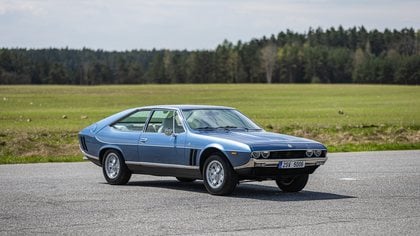Description
Car with an important and documented history, HTP FIA.
Ready for use and eligible for the most prestigious events such as Le Mans Classic, Goodwood, and Tour Auto.
The Iso Grifo A3/ C and Bizzarrini were produced from 1964 to 1968 in a total of 133 units.
It is one of the most fascinating cars to have graced the world of automotive, born from the magical pen of engineer Giotto Bizzarrini, a motor racing genius and the father, among others, of the Ferrari 250 GTO. The Iso Grifo A3/ C, later to become the Bizzarrini 5300 GT Strada, from its first appearance marked a turning point in the automotive landscape. Its unmistakable and captivating design seems sculpted by the wind, with an almost perfect weight balance achieved by moving the engine rearward, some of it even encroaching into the cabin to the extent that a small hatch in the dashboard was provided to access the innermost spark plugs. The Iso Grifo A3/ C came to life in 1963 when engineer Bizzarrini was working at Iso Rivolta.
After creating the IR 300 sedan, a luxury road car, the mind of the Livorno genius naturally gravitated towards the world of racing, and from his magical pen emerged this low and wide coupe, always equipped with the mighty 5300 cubic centimeter Chevrolet V8. Differences in views and objectives led Bizzarrini to leave Iso Rivolta and establish his own venture, thus the Iso Grifo A3/ C became the Bizzarrini 5300 GT Strada.
The car is based on the chassis of the IR 300, which is shortened by 23 cm and fitted with more race-oriented suspensions while the engine is moved rearward; the bodywork is made of aluminum and later, for weight and maintenance reasons, a lighter fiberglass bodywork is adopted for versions specifically built for racing. The De Dion rear axle is replaced by an independent wheel setup, and the fuel tank is enlarged to 120 liters, suitable for endurance racing. The car's inherent quality was immediately recognized, and the result achieved at the 1965 24 Hours of Le Mans, where an Iso Grifo A3/ C placed ninth overall, was proof once again that engineer Bizzarrini had hit his target. (Source courtesy of FP - Formula Passion)










